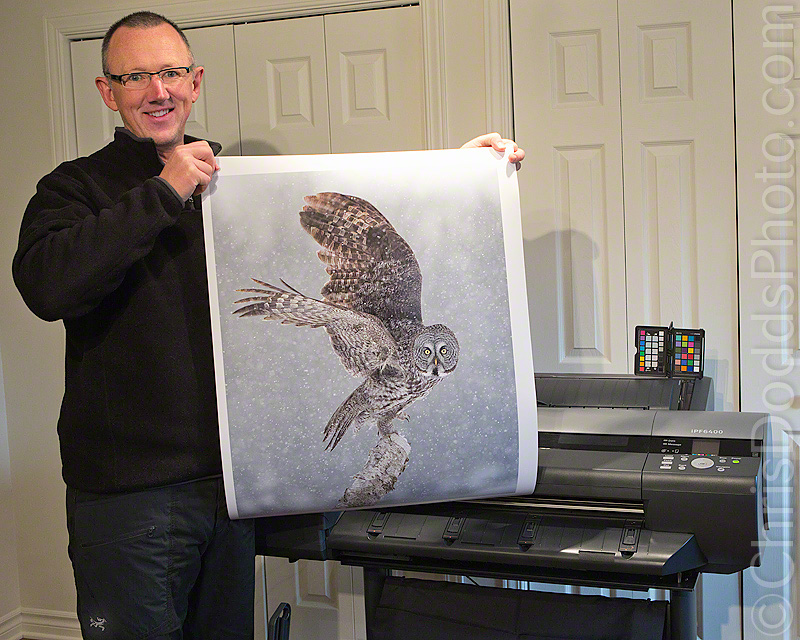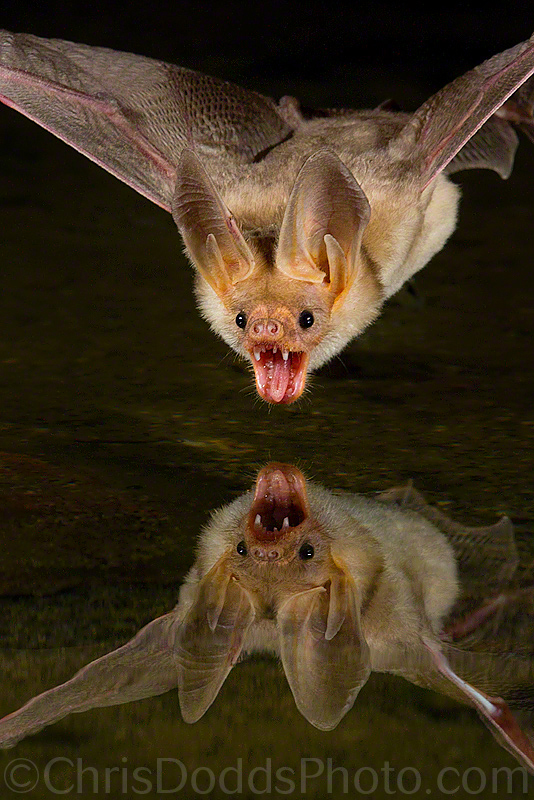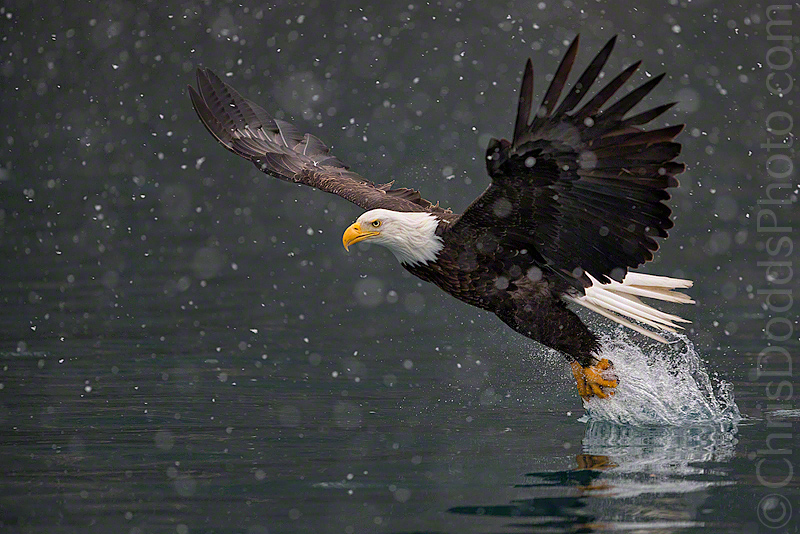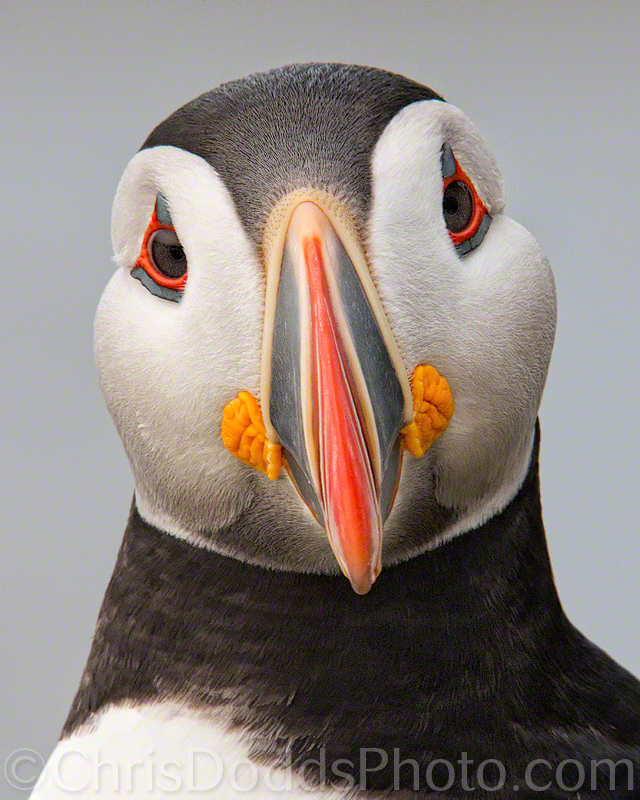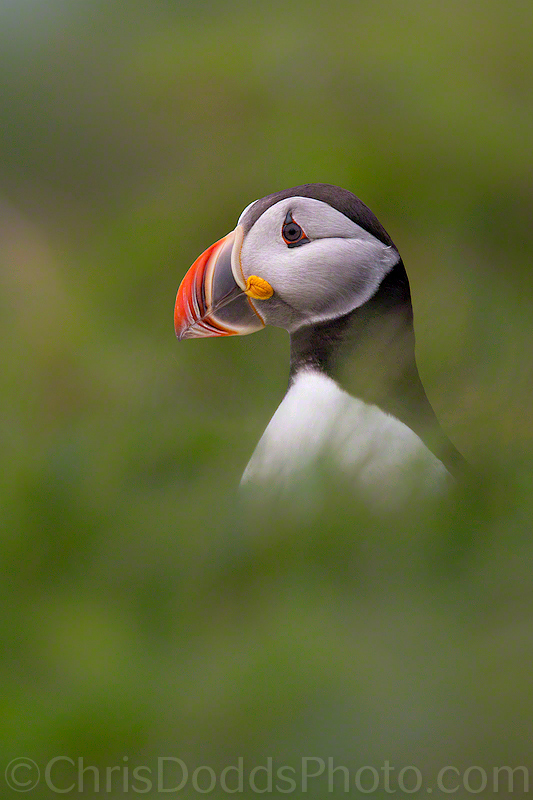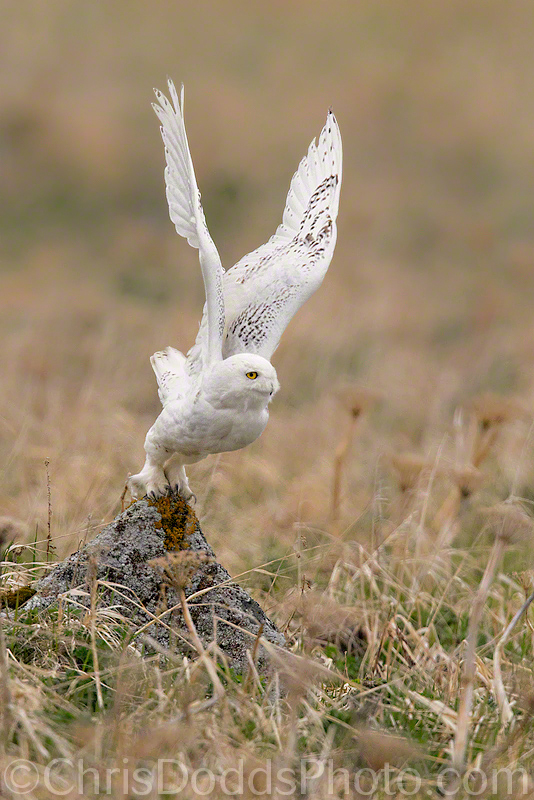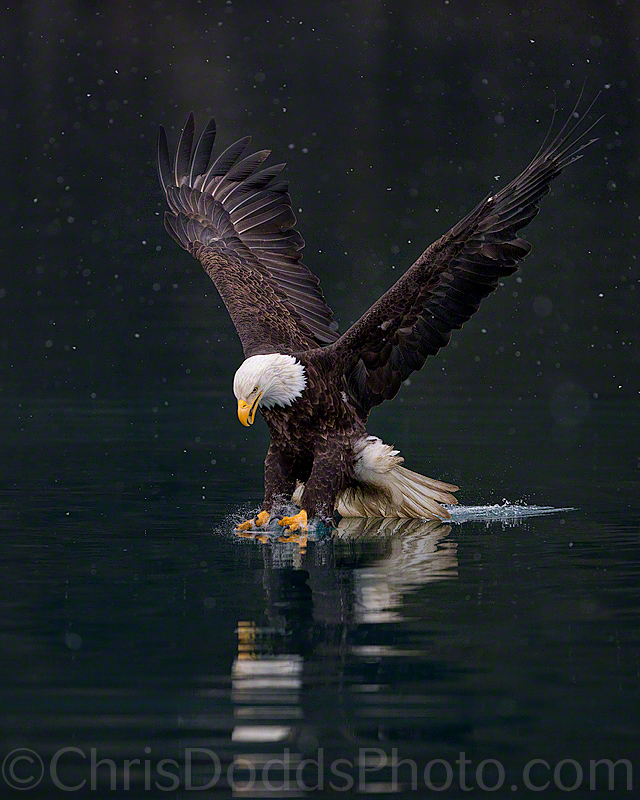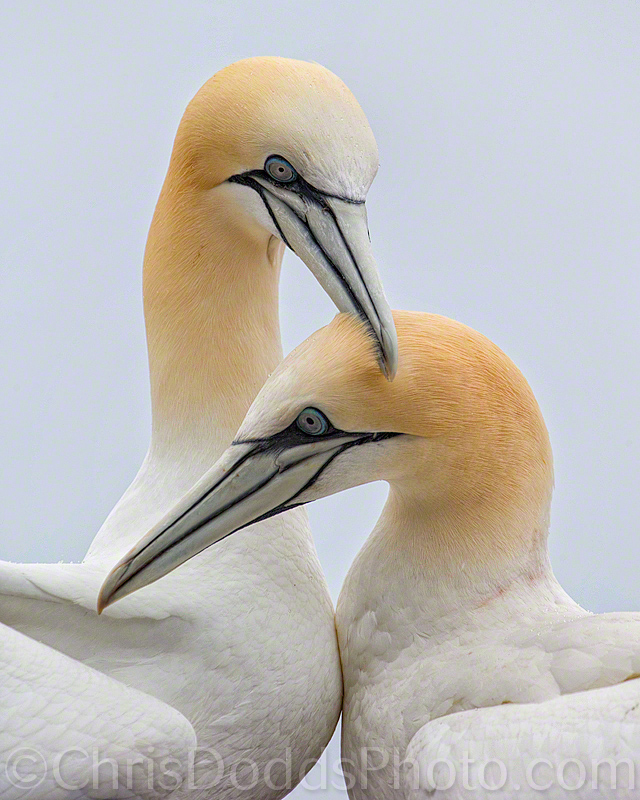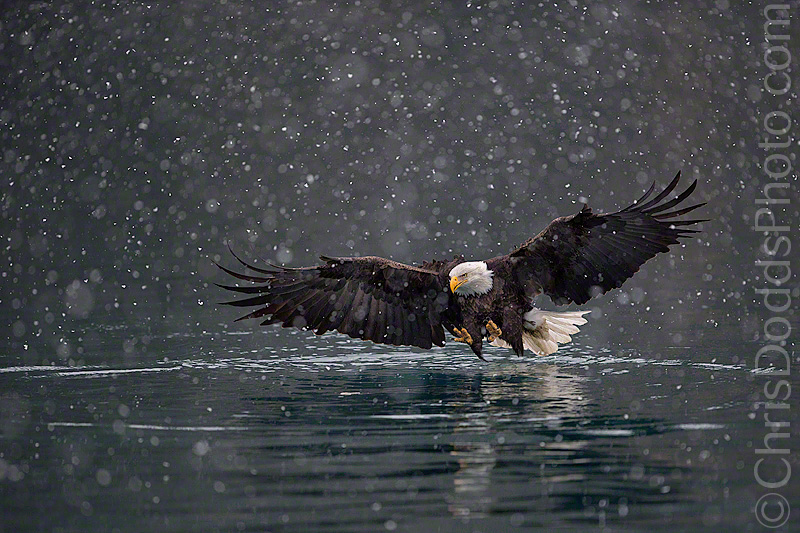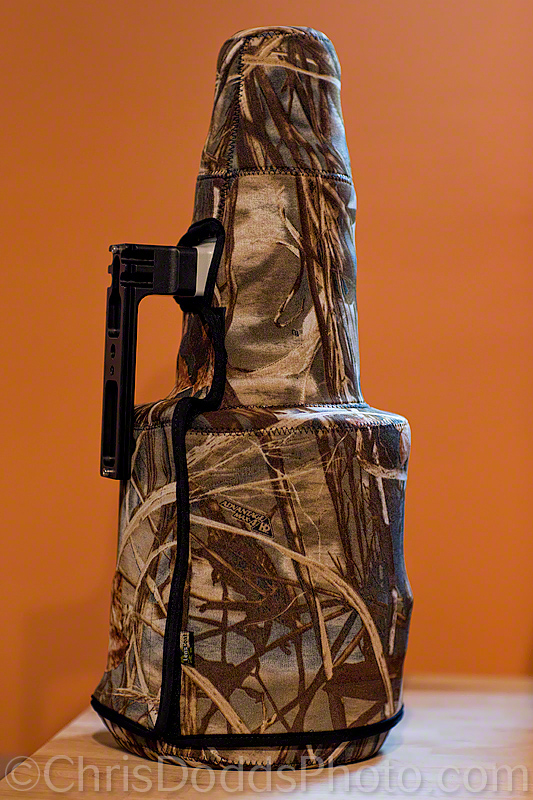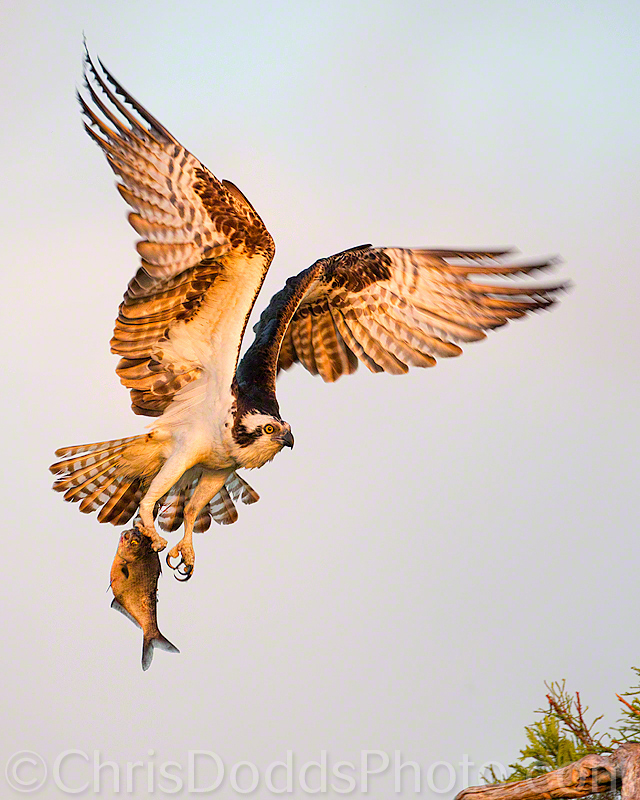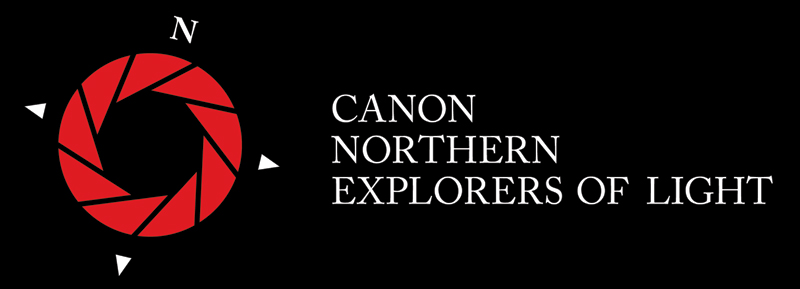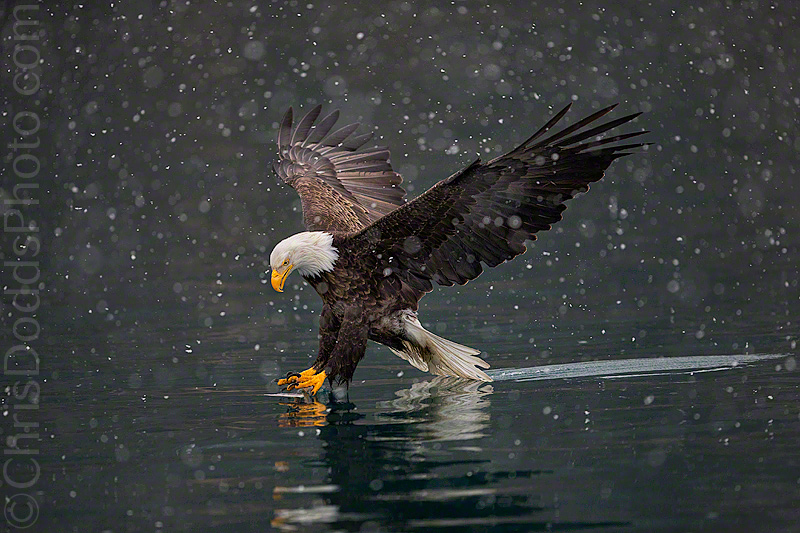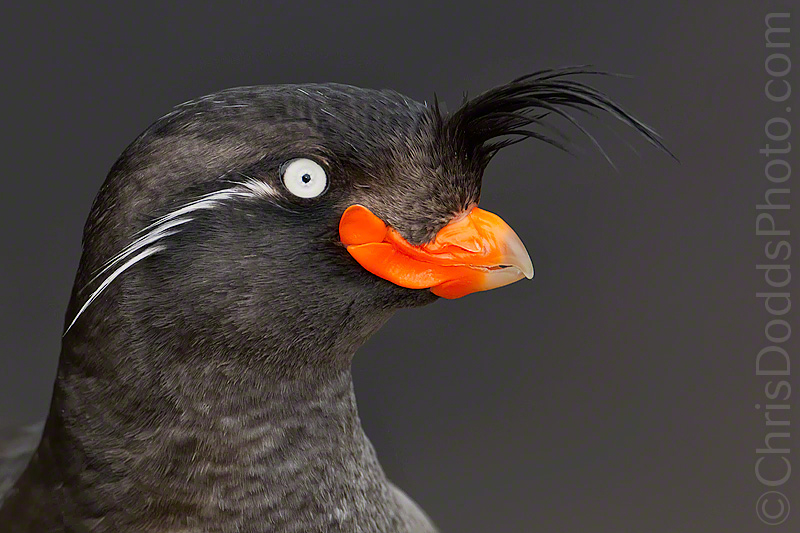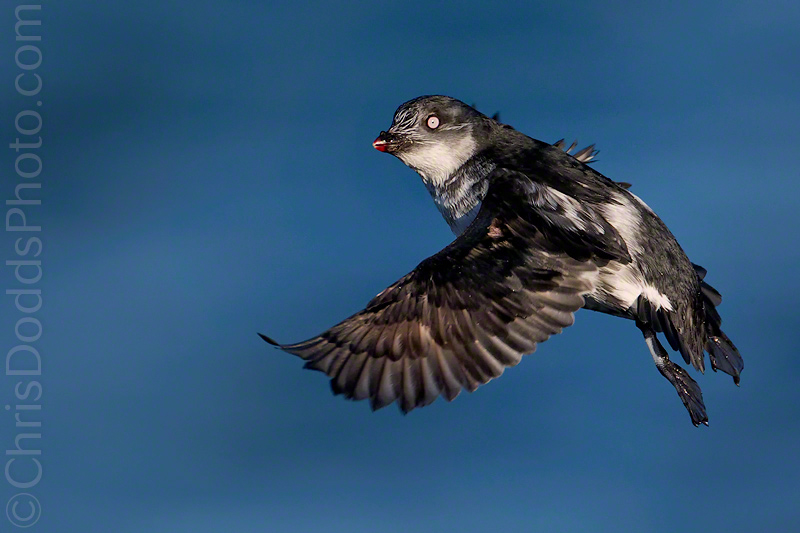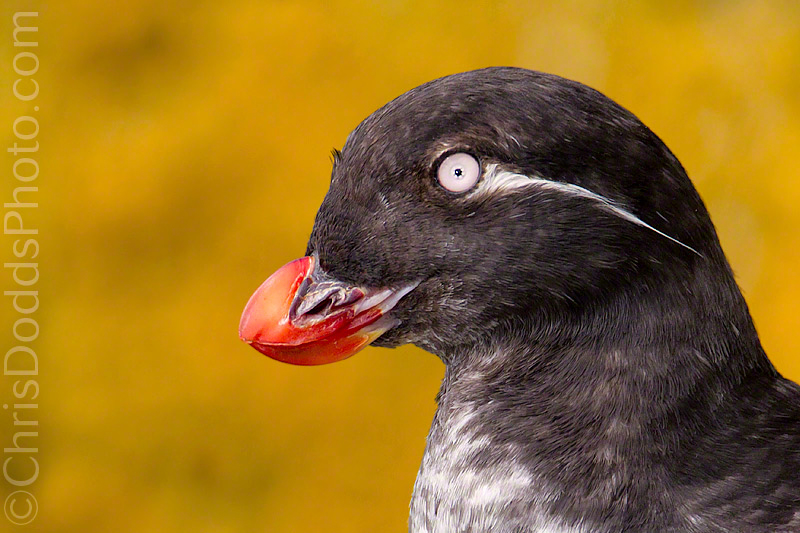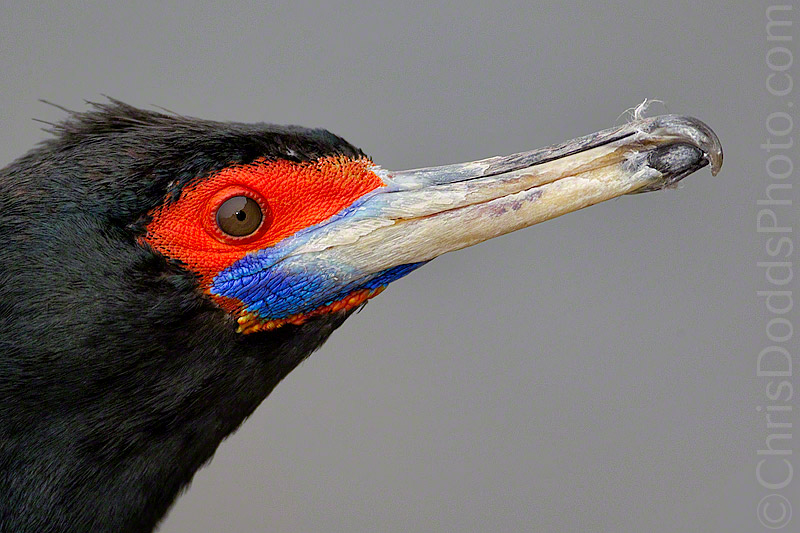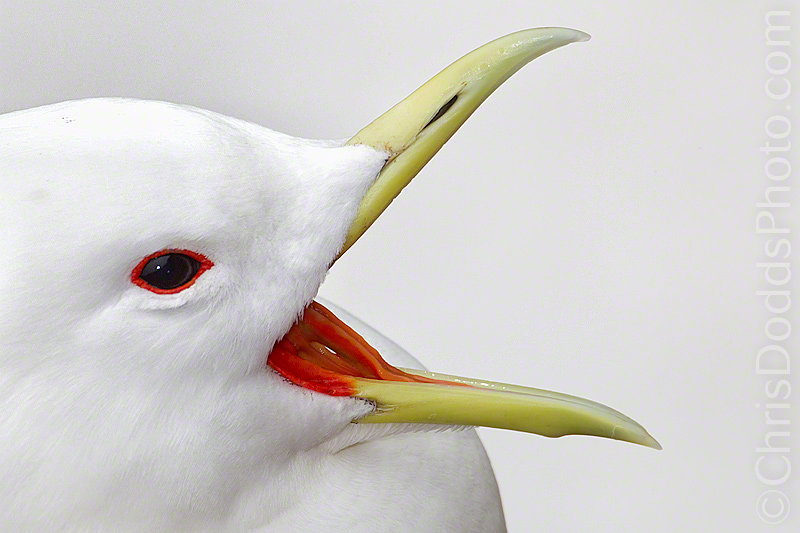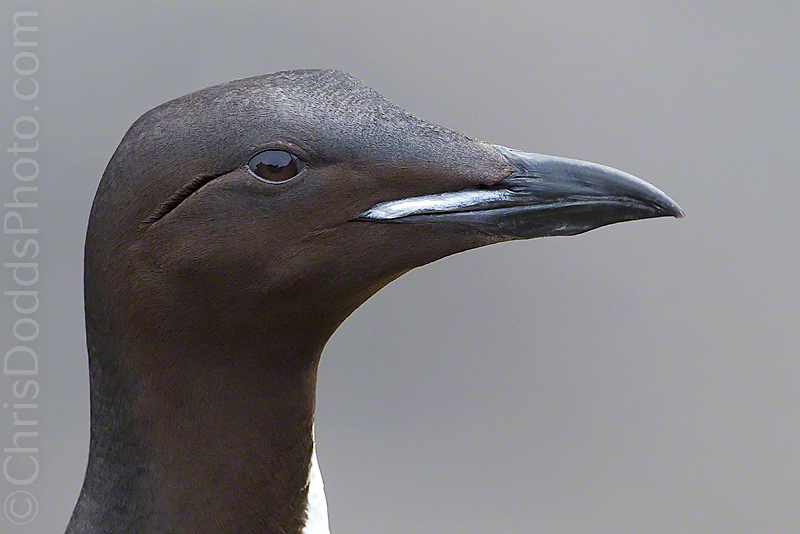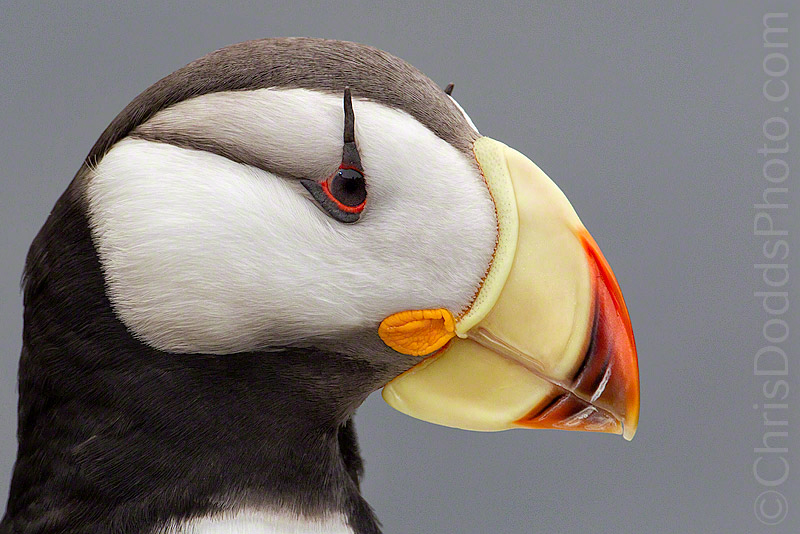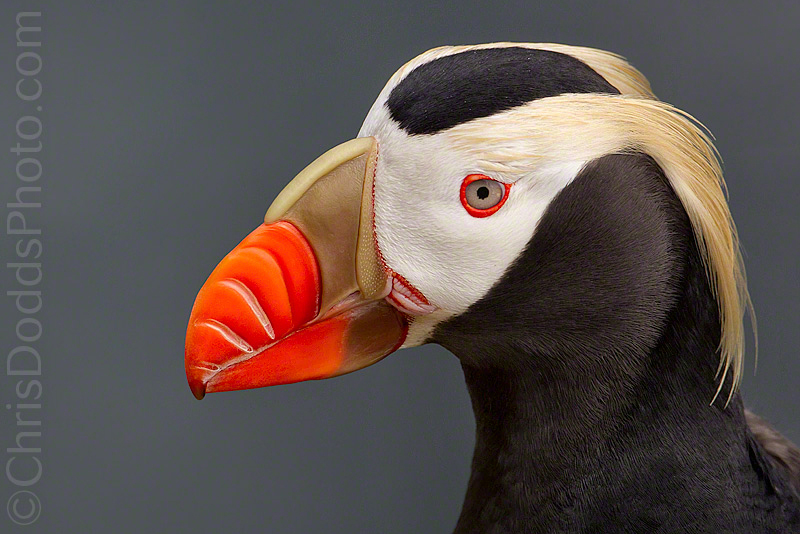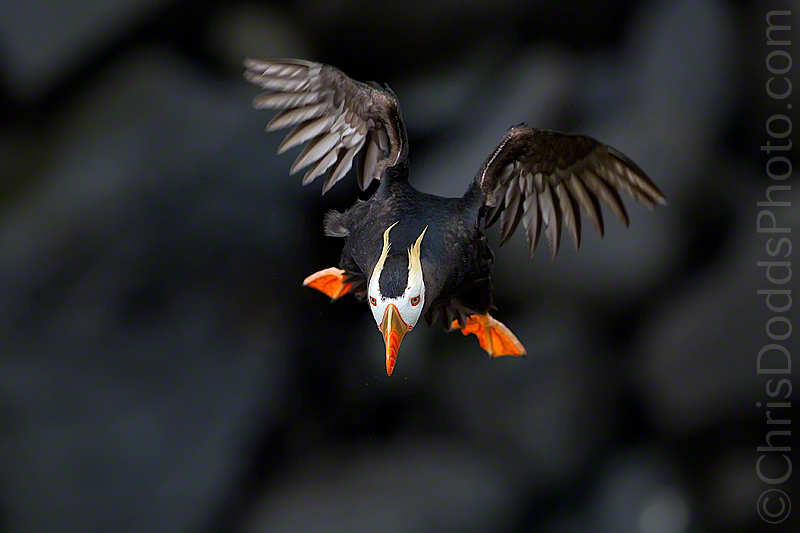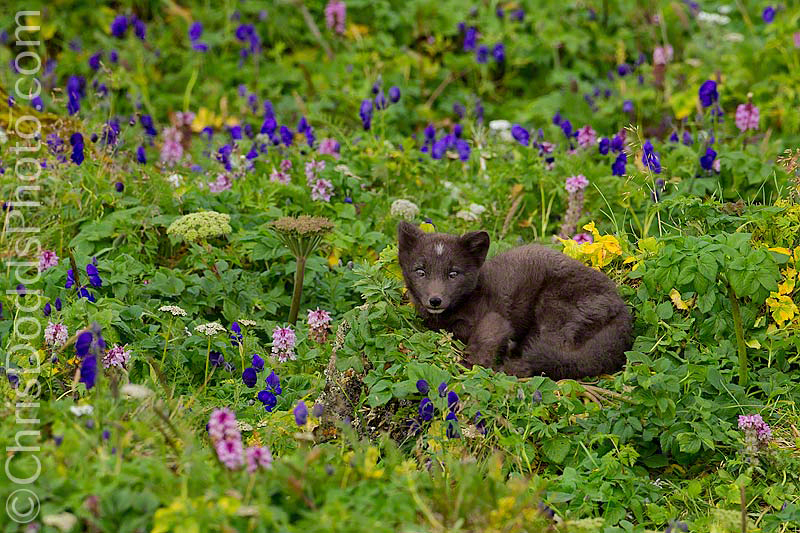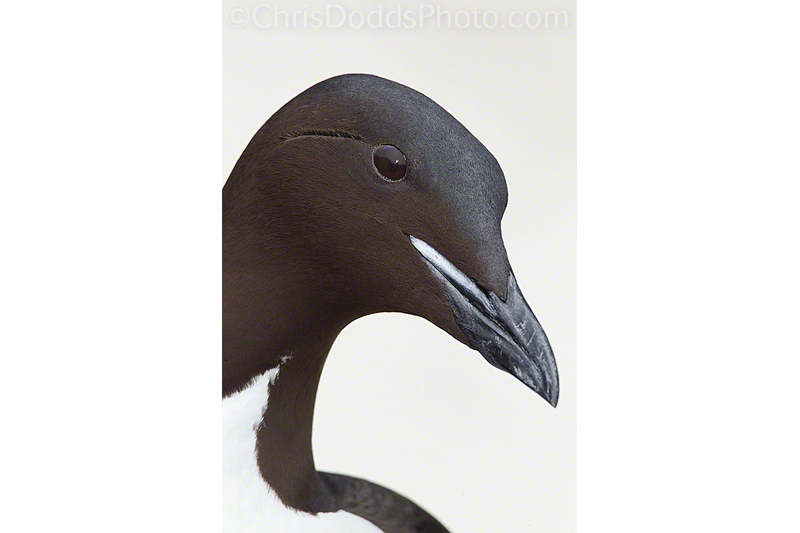 Lesser White-fronted Goose (Anser erythropus, Oie naine, LWFG) Saint Paul Island, The Pribilof Islands in the Bering Sea, Alaska. Image Copyright ©Christopher Dodds. Canon EOS Canon EOS 1DX, 600mm F4 L IS II, 2X Extender III, Tripod & Jobu Jr. 3 ISO 3,200s, f/8 @ 1/500s Manual mode. PURCHASE A PRINT or LICENSE IMAGE FOR PUBLICATION HERE.
Lesser White-fronted Goose (Anser erythropus, Oie naine, LWFG) Saint Paul Island, The Pribilof Islands in the Bering Sea, Alaska. Image Copyright ©Christopher Dodds. Canon EOS Canon EOS 1DX, 600mm F4 L IS II, 2X Extender III, Tripod & Jobu Jr. 3 ISO 3,200s, f/8 @ 1/500s Manual mode. PURCHASE A PRINT or LICENSE IMAGE FOR PUBLICATION HERE. Lesser White-fronted Goose (Anser erythropus, Oie naine, LWFG) Saint Paul Island, The Pribilof Islands in the Bering Sea, Alaska. Image Copyright ©Christopher Dodds. Canon EOS Canon EOS 1DX, 600mm F4 L IS II, 2X Extender III, Tripod & Jobu Jr. 3 ISO 3,200s, f/8 @ 1/500s Manual mode. PURCHASE A PRINT or LICENSE IMAGE FOR PUBLICATION HERE.
Lesser White-fronted Goose (Anser erythropus, Oie naine, LWFG) Saint Paul Island, The Pribilof Islands in the Bering Sea, Alaska. Image Copyright ©Christopher Dodds. Canon EOS Canon EOS 1DX, 600mm F4 L IS II, 2X Extender III, Tripod & Jobu Jr. 3 ISO 3,200s, f/8 @ 1/500s Manual mode. PURCHASE A PRINT or LICENSE IMAGE FOR PUBLICATION HERE.
 Lesser White-fronted Goose (Anser erythropus, Oie naine, LWFG) Saint Paul Island, The Pribilof Islands in the Bering Sea, Alaska. Image Copyright ©Christopher Dodds. Canon EOS Canon EOS 1DX, 600mm F4 L IS II, 2X Extender III, Tripod & Jobu Jr. 3 ISO 3,200s, f/8 @ 1/500s Manual mode. PURCHASE A PRINT or LICENSE IMAGE FOR PUBLICATION HERE.
Lesser White-fronted Goose (Anser erythropus, Oie naine, LWFG) Saint Paul Island, The Pribilof Islands in the Bering Sea, Alaska. Image Copyright ©Christopher Dodds. Canon EOS Canon EOS 1DX, 600mm F4 L IS II, 2X Extender III, Tripod & Jobu Jr. 3 ISO 3,200s, f/8 @ 1/500s Manual mode. PURCHASE A PRINT or LICENSE IMAGE FOR PUBLICATION HERE.
After spending some incredible time photographing a gorgeous male Snowy Owl (see my next post) during my Saint Paul Island Workshop, everyone in my group were thrilled to spend a few hours getting some awesome images of this rare Goose. The Lesser White-fronted goose was only ever reported once before in North America on Attu in June of 1994 (an Island in the bering Sea which is part of the near islands group of the Aleutian Islands). On June 22, 2013, Laura Lestenkof gave me the heads-up that she had called Scott Schutte and told him about the unusual Goose. Scott later confirmed it was, indeed, a Lesser White-fronted Goose. We quickly headed out to the pond in the rain and had an awesome time getting our feet wet while wading around and photographing this rare beauty. The Lesser White-fronted Goose (Anser erythropus, Oie naine, LWFG) is listed as "Vulnerable" on the ICN RED LIST and it's global population is currently thought to be decreasing and currently at about 28 to 30 thousand individuals. This was only the 2nd North American record of this species - what a thrill!
More testimonials
I recently had the pleasure to join Chris on one of his Gannets Galore workshops on Bonaventure Island, and it is very quickly obvious why this trip is a favourite among many photographers. Reading the many glowing testimonials really did not prepare me for how amazing the experience is - truly a spectacle of nature. The photo opportunities abound, and with over 20 years experience there, Chris knows where to be, and when. And should you need help or guidance with settings, etc. he is a patient and informed instructor. Most important to me, his experience with the local businesses and park service is amazing, which help to make sure that your time spent there is a great on. A perfect example of this relationship he has built arose when there was the potential that we might not be able to make it to the island one day to circumstances beyond his control (government closing the pier that anyone going to the island for construction work) and Chris was not only able to make alternate arrangements with the ferry service to bring the group out, but also was able to make arrangements for the park service to be on the island as well so that we wouldn't lose a day of shooting on the island.
Without a doubt, Chris is one of the best out there, and I hope to be able to join him on another workshop soon.
Christopher Ciccone Woburn, Massachusetts, USA
Bonaventure Island GANNETS GALORE with Christopher Dodds (June 2013). This location and subject matter was challenging, photographically superb, and an outstanding learning opportunity. I’ve been on several tours similar to this format — a well-known photographer, great location, and variable learning opportunities.
Christopher is by far the best at teaching the fundamentals of photography such as achieving correct exposure using manual settings, introducing the best locations for photography, and giving honest feedback in a non threatening manner. He was willing to repeat technical instructions and show me how to use the techniques he discussed. Furthermore he took the additional step of being ‘present’ when needed for information and facilitated my getting the most out of this wonderful location. I recommend Christopher Dodds without reservation - the very best.
Dwight Tomes Grimes, Iowa, USA
Even More Testimonials
Be sure to take the time to read many more TESTIMONIALS HERE

